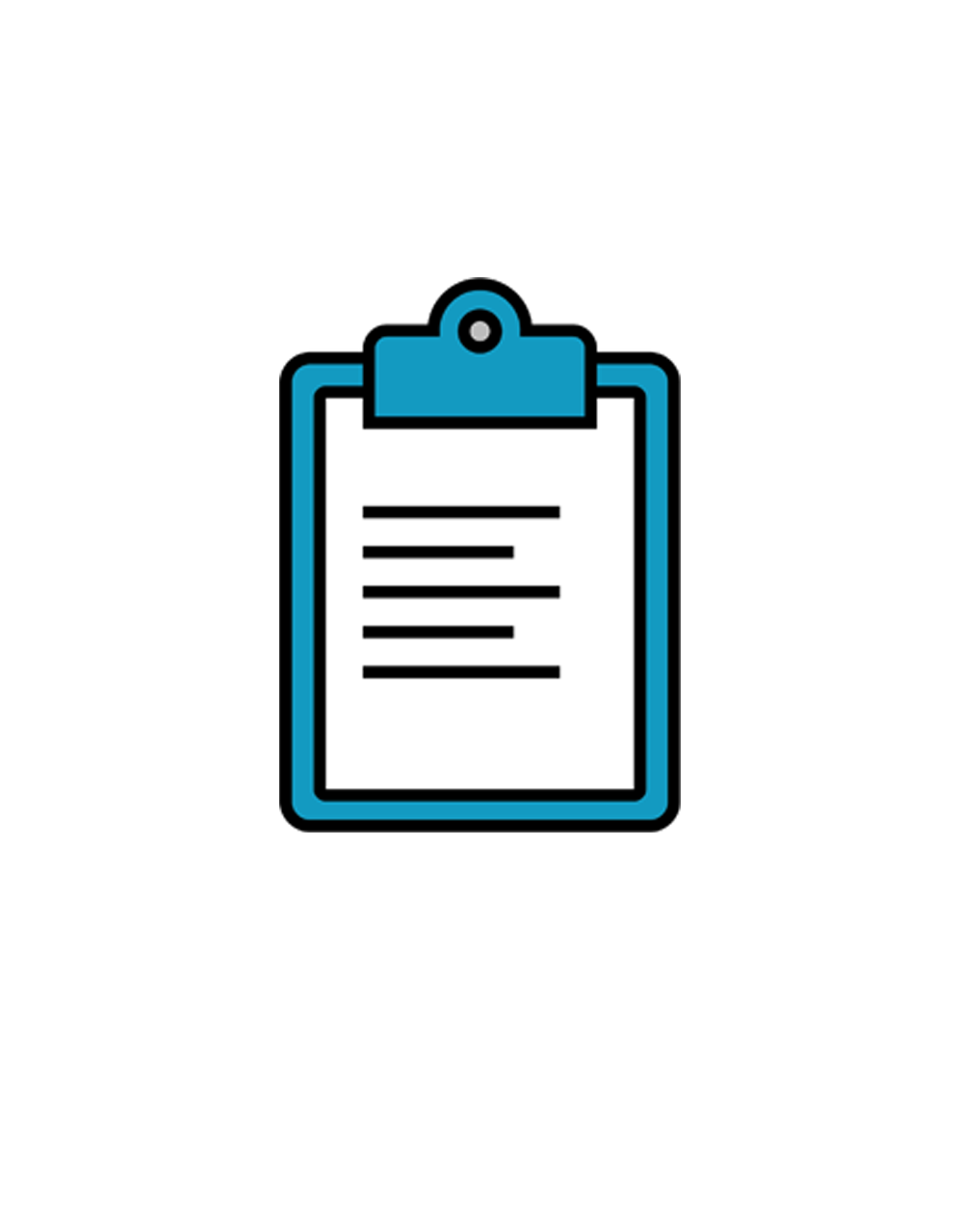 |  |  |  |  |  |  |  |
| Background | Review of Current Practice | Sleep Assessment | Sleep Management Tools & Techniques | Hypnotic Withdrawal Programme | Sleep Consultation | Final Assessment | Contact Us |
| Section Home → | Problem focussed therapy → | Sleep consultation videos → | Discussion questions → | Self assessment |

The Sleep Pathway for problem focused therapy
1. Opening: listen, take the problem seriously, obtain a history and if necessary perform a physical examination.
2. Respond positively.
3. Elicit the patients experience, understanding of their problem and health beliefs
4. Frame the problem and its context in a way that both you and the patient are able to agree.
5a. Check whether there are comorbid disorder and treatable or reversible causes of disturbed sleep. Enquire about recent stress or medical problems, e.g. pain, depression, cardiac or respiratory illness, heartburn, nocturia, thyrotoxicosis; check medications and other agents that may affect sleep, e.g. alcohol, caffeine, nicotine CNS stimulants, diuretics, decongestants, withdrawal of CNS drugs, antidepressants, beta blockers, steroids.
5b. Check specific sleep disorders
→ Periodic limb movement in sleep (PLMS): condition of repetitive stereotypic leg or arm movements occurring in non-rapid eye movement sleep; PLMS increases with age; limb movements typically occur every 20-40 seconds and can last hours or even much of the night; each movement may be associated with arousal from sleep; refer to sleep clinic.
→ Restless leg syndrome (RLS): uncontrollable urge to move the legs at night, usually with difficulty in initiating sleep and often associated with a family history; diagnosis is usually made on the patient’s description of the symptoms.
→ Sleep apnoea: Snoring, gasping or breathing stops during sleep; patients are usually obese, complain of morning headache and may have change in personality; bed partner may describe loud snoring, cessation in breathing, choking sounds during sleep; risk factors include alcohol, dementia, large body mass, over age 65 and male; Check for obesity BM ≥30, collar size ≥17 inches; patients should be referred to sleep or respiratory clinic if suspected of having sleep apnoea.
6. Assess severity using the ISI.
7. Introduce and explain the sleep diary.
8. Provide initial advice on sleep hygiene depending on the time available and arrange to review the patient in 1-2 weeks with their sleep diary.